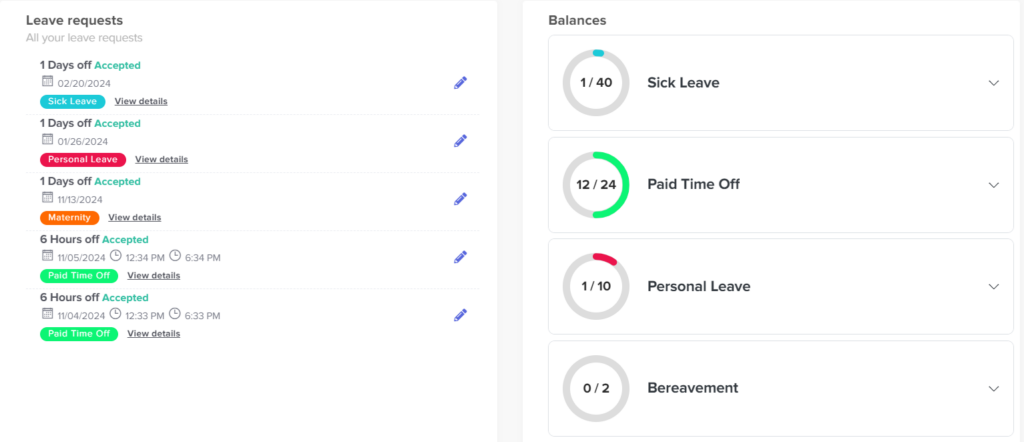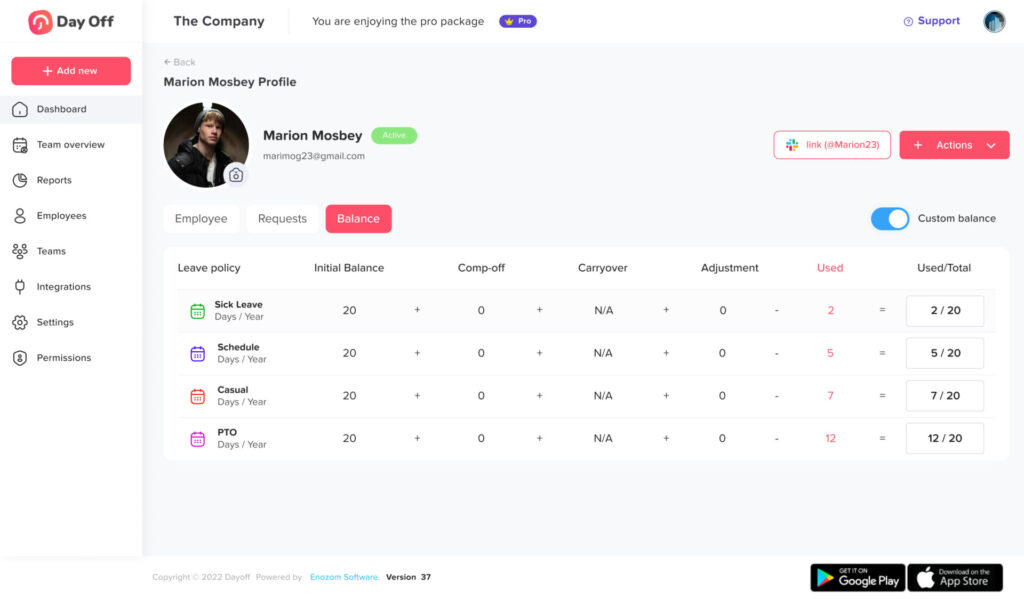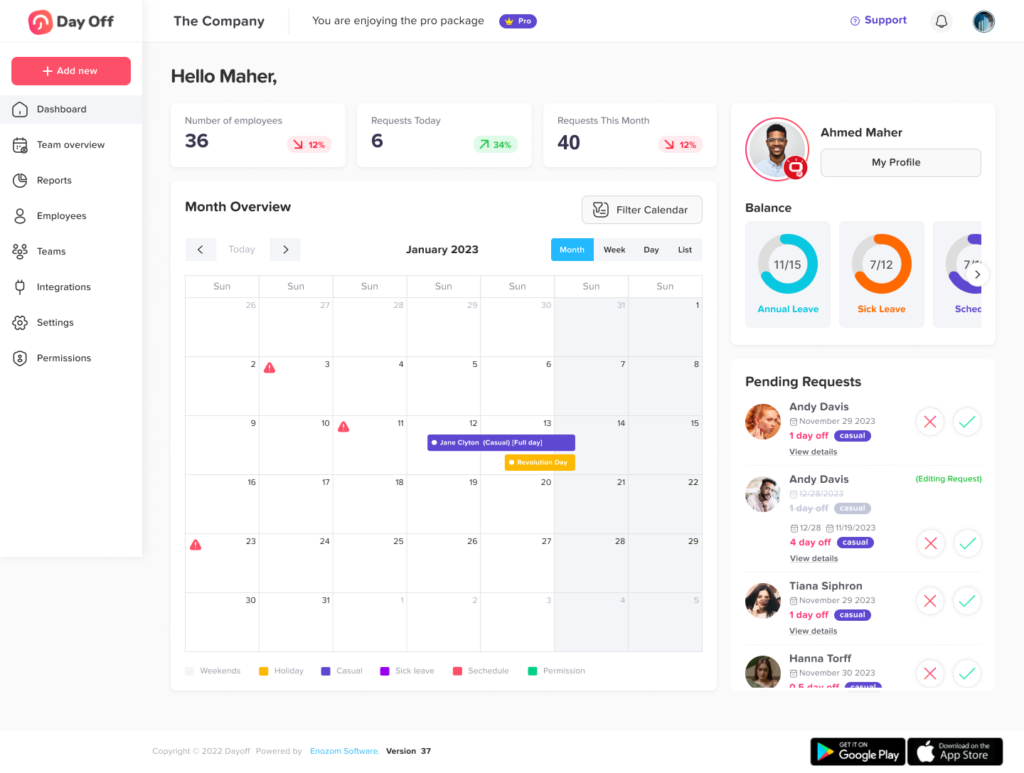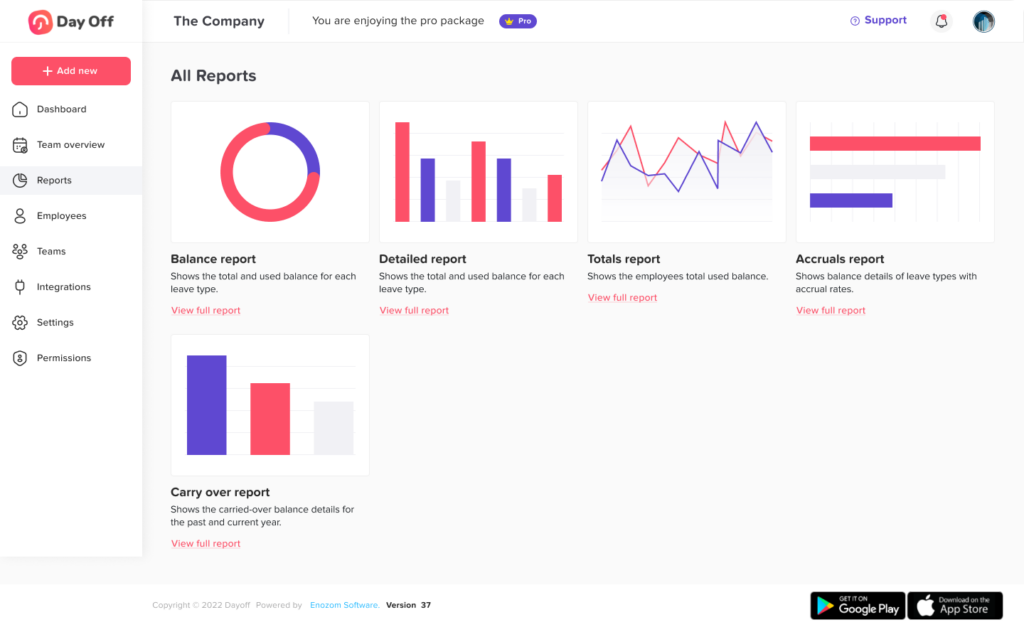As a manager, your words hold more power than you might realize. A well-timed quote can transform your team’s mindset, reframe challenges, or reignite motivation. Whether you’re kicking off a Monday meeting, reminding your team of the importance of taking their PTO to recharge and maintain balance, or guiding them through uncertain times, the right leadership quote can serve as a spark of clarity and confidence. Encouraging your team to prioritize rest and self-care not only boosts morale but also drives long-term productivity. When employees feel supported in taking time off, they return energized and more engaged. Ultimately, leadership is about inspiring your team to bring their best selves every day, both at work and beyond.
Great managers aren’t just task organizers, they’re culture creators, morale boosters, and talent developers. While strategy, planning, and execution are vital, what often makes the biggest difference is how you connect with your team.
This article gathers 10 of the most impactful motivational quotes for managers, paired with insightful explanations and practical steps you can implement today. Let these words inspire your leadership style and become part of the conversations that build stronger, more resilient teams.
“Leadership is not about being in charge. It is about taking care of those in your charge.” Simon Sinek
This quote challenges the traditional notion that leadership is about authority and control. Instead, it emphasizes that true leadership is a responsibility to nurture and support the people you lead. When managers focus on serving their teams, they build trust, loyalty, and commitment. Taking care of those in your charge means creating an environment where team members feel safe to share ideas, take risks, and be themselves. It also means actively listening to their concerns and advocating for their needs. This approach cultivates psychological safety, which is essential for innovation and collaboration. By prioritizing the well-being of your team, you empower individuals to perform at their best and strengthen the collective.
“Success is best when it’s shared.” Howard Schultz
Success that is celebrated alone can feel hollow, but sharing success with your team creates a sense of belonging and collective pride. This quote highlights the power of recognizing achievements as a group rather than an individual pursuit. When managers openly celebrate wins, they reinforce a culture of collaboration and mutual support. It fosters an environment where everyone feels valued for their contributions, which in turn drives engagement and motivation. Sharing success doesn’t just mean acknowledging accomplishments in meetings, it means genuinely appreciating the efforts of each person involved and making space for communal celebrations. This shared joy strengthens interpersonal bonds and encourages teams to keep striving toward common goals.
“The way to achieve your own success is to be willing to help somebody else get it first.” Iyanla Vanzant
This quote speaks to the essence of servant leadership and mentorship. It reminds managers that their success is deeply intertwined with the growth and development of their team members. By helping others rise, you create a culture of support and empowerment that elevates the entire team. This mindset encourages managers to invest time and resources into coaching, mentoring, and advocating for their employees. When you prioritize the advancement of your people, it builds trust and loyalty, and it opens doors to greater achievements for everyone. This approach also encourages a ripple effect, those who are supported are more likely to help others, creating a cycle of continuous growth within your organization.
“A manager is not a person who can do the work better than his team; he is a person who can get his team to do the work better than he can.” Frederick W. Smith
Effective management is not about demonstrating personal expertise but about unlocking the potential of the team. This quote underscores that the true skill of a manager lies in inspiring and empowering others to excel. When a manager trusts their team with responsibility and supports their development, they foster autonomy and accountability. This kind of leadership encourages individuals to take ownership of their tasks and innovate without constant oversight. Delegation, when done well, becomes a powerful tool for growth, for both the manager and the team members. Managers who focus on coaching, providing resources, and nurturing skills create high-performing teams capable of surpassing even the manager’s own capabilities.
“Employees who believe that management is concerned about them as a whole person, not just an employee, are more productive, more satisfied, and more fulfilled.” Anne M. Mulcahy
This quote highlights a critical truth about workplace culture: employees want to be valued beyond their job titles and output. Recognizing employees as whole individuals, with lives, challenges, and passions outside of work, builds a foundation of respect and empathy. Managers who genuinely care about their team’s well-being foster deeper loyalty and motivation. This means being flexible with schedules when possible, supporting mental health initiatives, and showing interest in their personal lives. When employees feel seen and supported in all aspects of their lives, they bring their best selves to work, resulting in higher productivity, reduced turnover, and a more positive workplace atmosphere.
“You don’t build a business, you build people, and then people build the business.” Zig Ziglar
At its core, this quote emphasizes that the heart of any successful business is its people. Organizations that invest in developing their employees through training, mentorship, and career growth opportunities create a workforce that is engaged, skilled, and loyal. When managers prioritize people development, they set the stage for innovation, efficiency, and long-term success. This involves actively helping employees set development goals, providing learning resources, and creating clear pathways for advancement. A focus on people first ensures that the business is adaptable and resilient, driven by a workforce motivated not just by tasks, but by growth and purpose.
“The strength of the team is each individual member. The strength of each member is the team.” Phil Jackson
This quote beautifully captures the symbiotic relationship between individuals and the team. Each person brings unique skills and perspectives that contribute to the team’s overall strength. Conversely, a strong team environment nurtures individual growth by providing support, collaboration, and shared knowledge. Managers play a crucial role in fostering this balance by encouraging cooperation rather than competition, facilitating team-building activities, and promoting cross-functional learning. When team members feel connected and supported, they are more willing to contribute their best efforts, leading to collective success and a positive workplace culture.
“Motivation comes from working on things we care about. It also comes from working with people we care about.” Sheryl Sandberg
Motivation fueled by intrinsic factors like purpose and connection is far more sustainable than external rewards alone. This quote reminds managers that to truly engage their teams, they need to create meaningful work aligned with individuals’ passions and values. It also emphasizes the importance of fostering strong relationships within the team. When people feel that their contributions matter and that they belong to a supportive community, their motivation and productivity increase significantly. Managers can apply this insight by helping employees find alignment between their strengths and their roles, cultivating an inclusive culture, and communicating the deeper purpose behind their work.
“Your number one customers are your people. Look after employees first and then customers last.” Ian Hutchinson
This quote underscores the direct connection between employee satisfaction and customer experience. Happy and engaged employees are more likely to deliver exceptional service, drive innovation, and maintain high standards. Managers who prioritize their teams’ needs by listening to feedback, addressing concerns promptly, and showing respect create a workforce that is empowered and committed. This internal focus ultimately benefits customers through improved service and product quality. Recognizing employees as your primary stakeholders encourages a positive cycle of care and performance that elevates the entire organization.
“People work for money but go the extra mile for recognition, praise, and rewards.” Dale Carnegie
While compensation is a fundamental motivator, recognition taps into a deeper human need, to feel valued and appreciated. This quote highlights that genuine, timely, and specific recognition inspires employees to exceed expectations. Managers who take the time to notice and celebrate contributions cultivate a culture of appreciation that boosts morale and retention. Whether through formal recognition programs or everyday praise, acknowledging efforts makes employees feel seen and motivates them to continue performing at a high level. Tailoring recognition to individual preferences, whether public accolades or private thanks, further personalizes this motivational tool.
FAQ
How can I use motivational quotes in my daily work as a manager?
Motivational quotes can be powerful tools to inspire your team when used thoughtfully. You might start team meetings with a relevant quote to set a positive tone or share them in newsletters and emails to maintain motivation. Quotes can also be woven into performance reviews or feedback sessions to reinforce key messages. Digital platforms like Slack or internal message boards are great places to share quotes regularly. The key is to select quotes that align with your team’s current goals, challenges, or values, making them feel relevant and meaningful.
Are motivational quotes really effective, or just feel-good fluff?
When used with intention, motivational quotes can be highly effective. They condense complex ideas into memorable, impactful statements that resonate emotionally. A well-chosen quote can reframe difficult situations, spark meaningful discussions, and reinforce leadership principles. However, quotes alone are not enough. Their true power comes from being paired with authentic action, consistent support, and empathy. Without these, quotes risk coming across as superficial or insincere.
How often should I share motivational quotes with my team?
There is no strict rule, but a good rhythm is weekly or biweekly sharing. This frequency keeps motivation fresh without it becoming repetitive or losing impact. You can tie sharing quotes to regular meetings, project milestones, or special events to keep them relevant. The goal is to ensure quotes are meaningful and provoke reflection, not just routine filler.
How do I choose the right quote for my team?
Selecting the right quote involves understanding your team’s current situation and emotional climate. Choose quotes that reflect the challenges or achievements your team is experiencing, or that align with your company’s core values. Authenticity is key, avoid overly cliché quotes that don’t connect with your leadership style or your team’s real-world context. The best quotes speak directly to your team’s journey and aspirations.
Can motivational quotes help with employee engagement and retention?
Yes, when integrated into a broader culture of recognition and growth, motivational quotes can contribute to employee engagement and retention. Inspirational messaging helps employees feel seen, appreciated, and emotionally connected to their work. This sense of belonging and purpose is crucial for sustaining motivation over time. When combined with tangible support and development opportunities, quotes help reinforce a positive, engaging workplace culture.
Should I create my own quotes as a manager?
Absolutely. Creating and sharing your own quotes or leadership mantras adds authenticity and a personal touch that can deeply resonate with your team. Original quotes reflect your unique philosophy and leadership style. Encouraging team members to share their own favorite quotes or personal mantras can also foster a collaborative culture where everyone feels empowered to contribute.
Conclusion
In the world of management, words have the power to inspire action, shape mindsets, and cultivate a thriving team culture. Motivational quotes, when chosen with care and paired with genuine leadership, can serve as guiding beacons, helping managers navigate challenges, celebrate successes, and connect authentically with their teams. These quotes aren’t just empty phrases; they distill timeless wisdom into accessible messages that remind us what great leadership truly means: caring for people, fostering growth, and building collective success. By embracing these insights and weaving them into your daily leadership practice, you can transform not only how you lead but also how your team thrives. Remember, the most effective managers are those who lead with both their minds and their hearts, creating environments where every individual feels valued, motivated, and empowered to contribute their best.
















